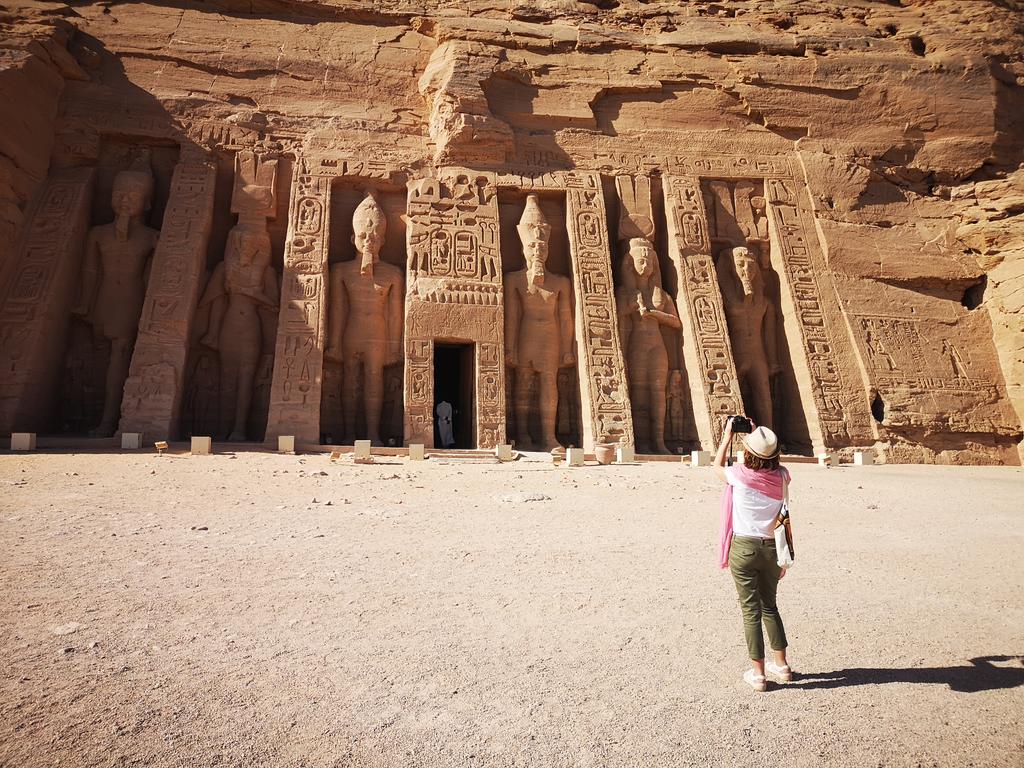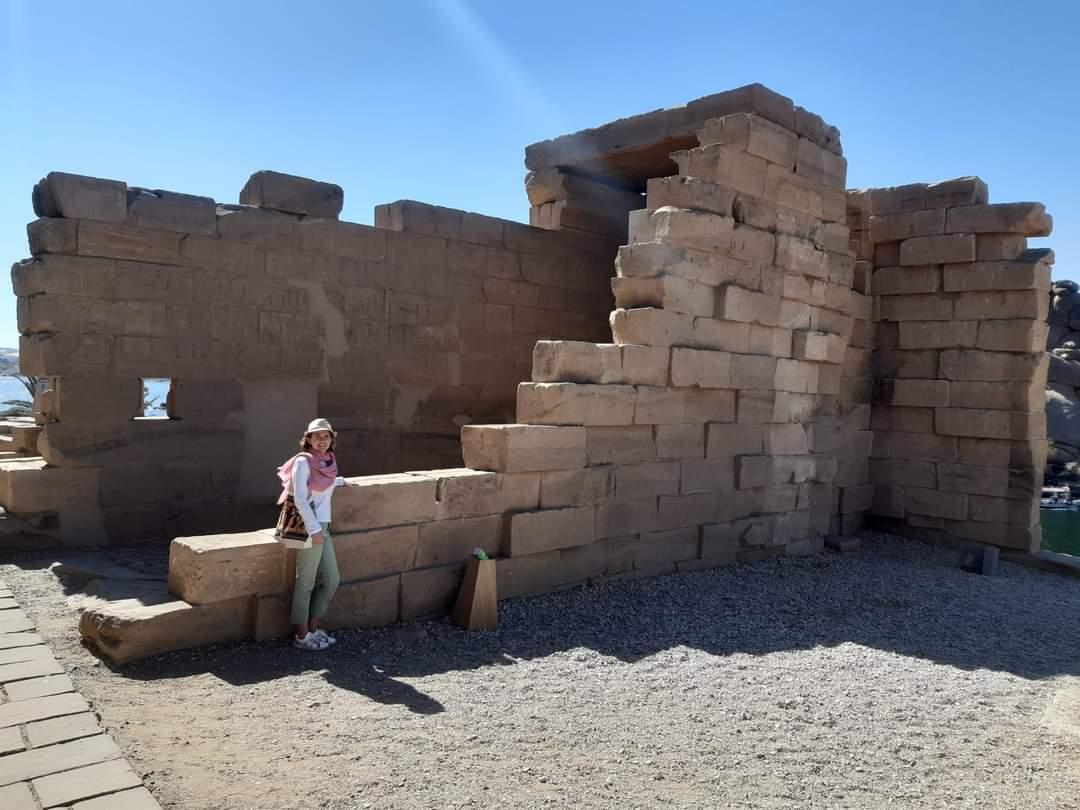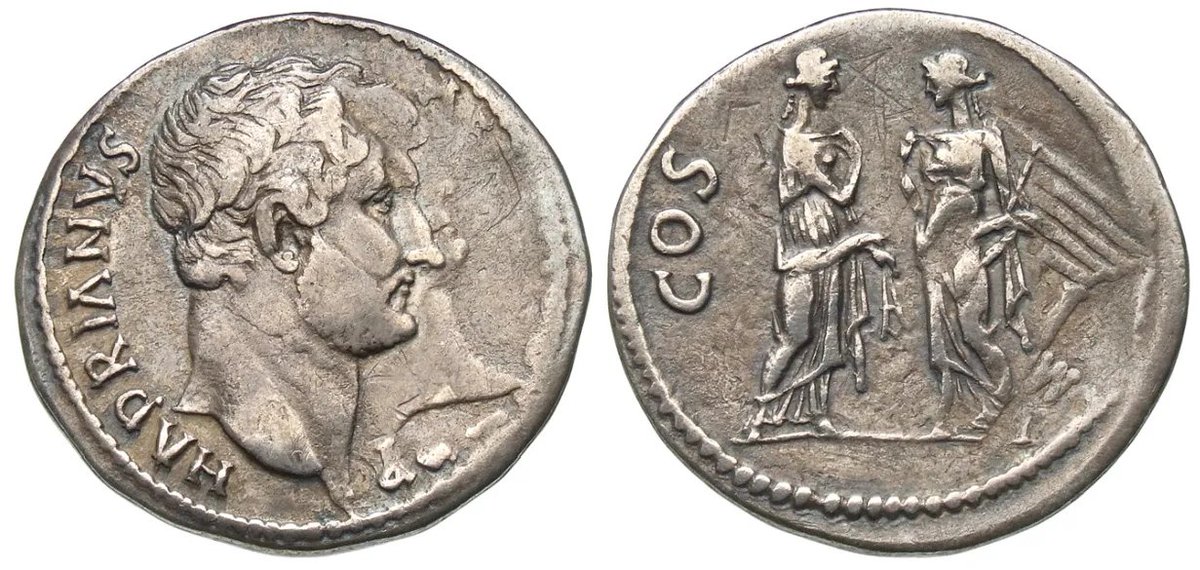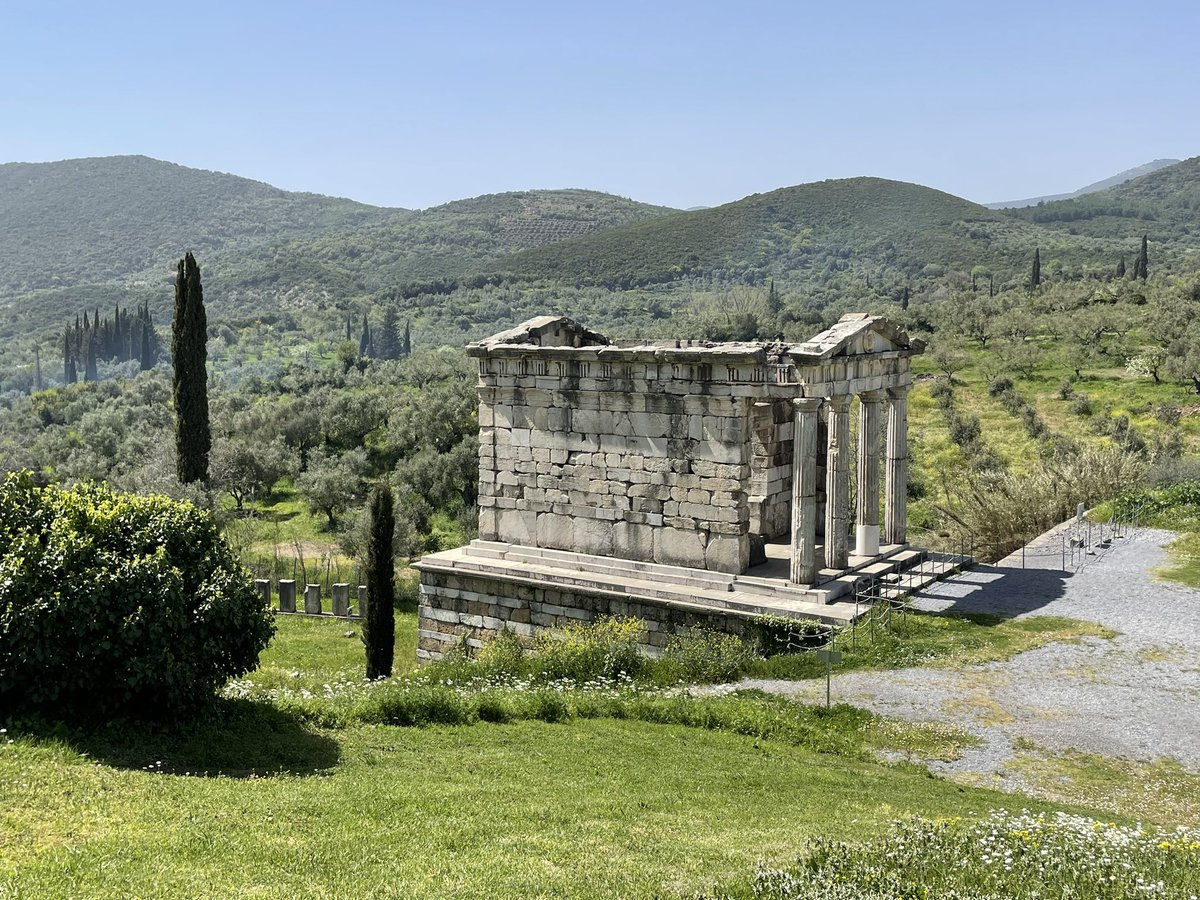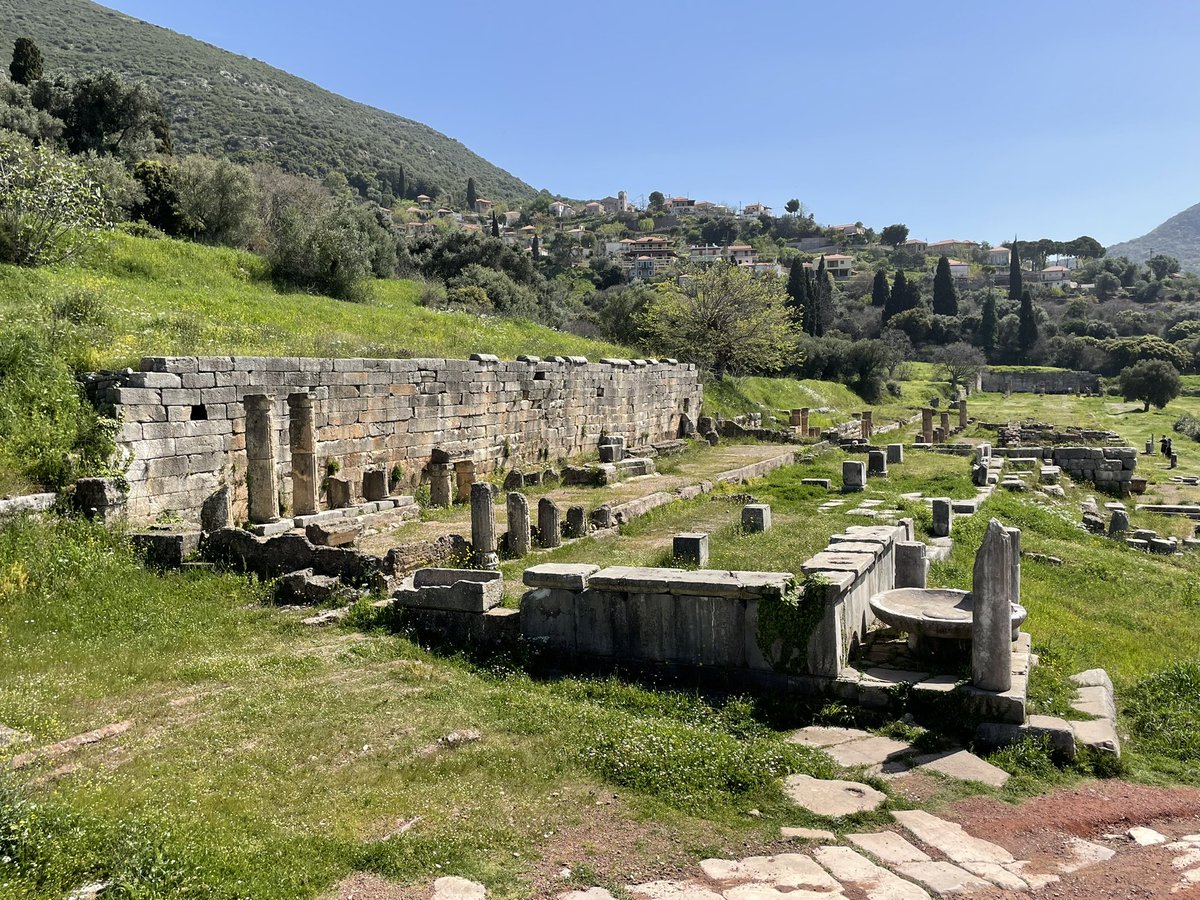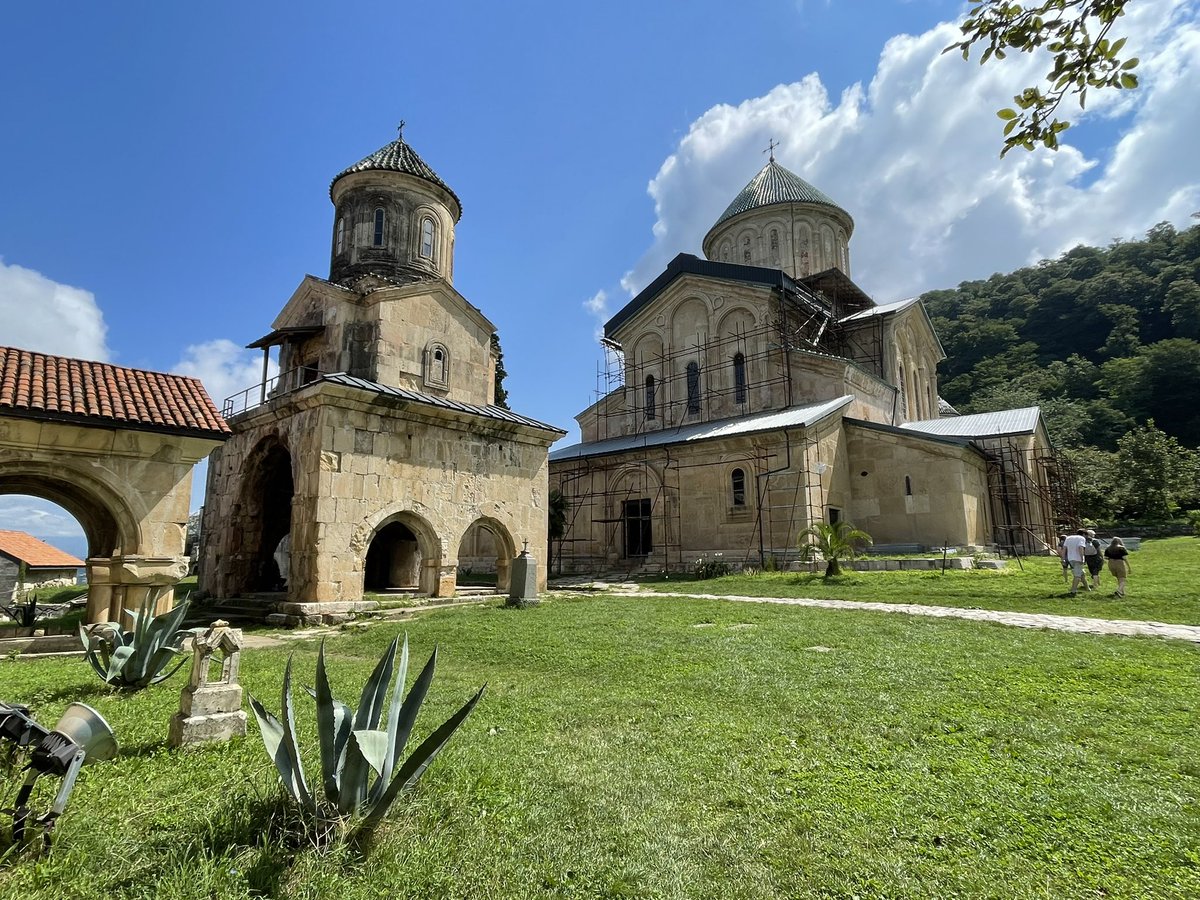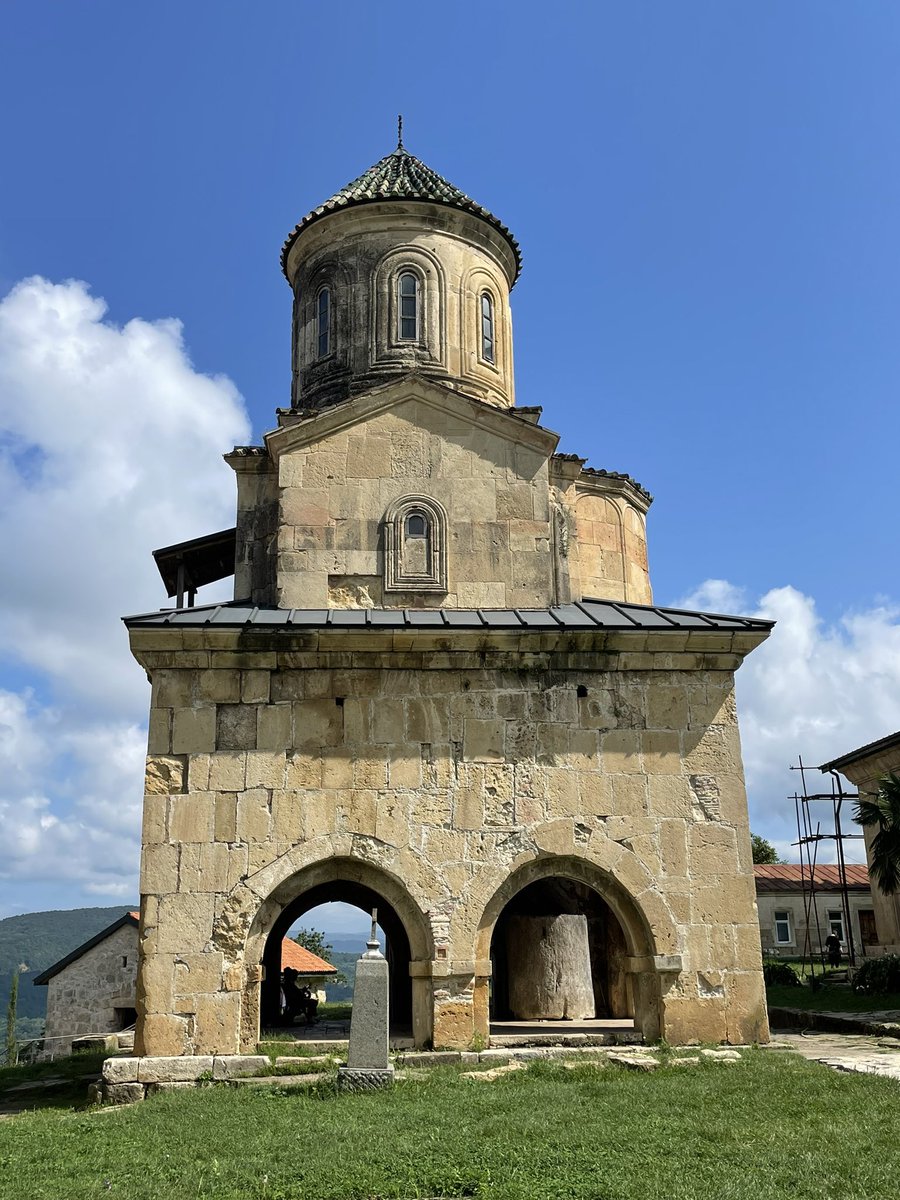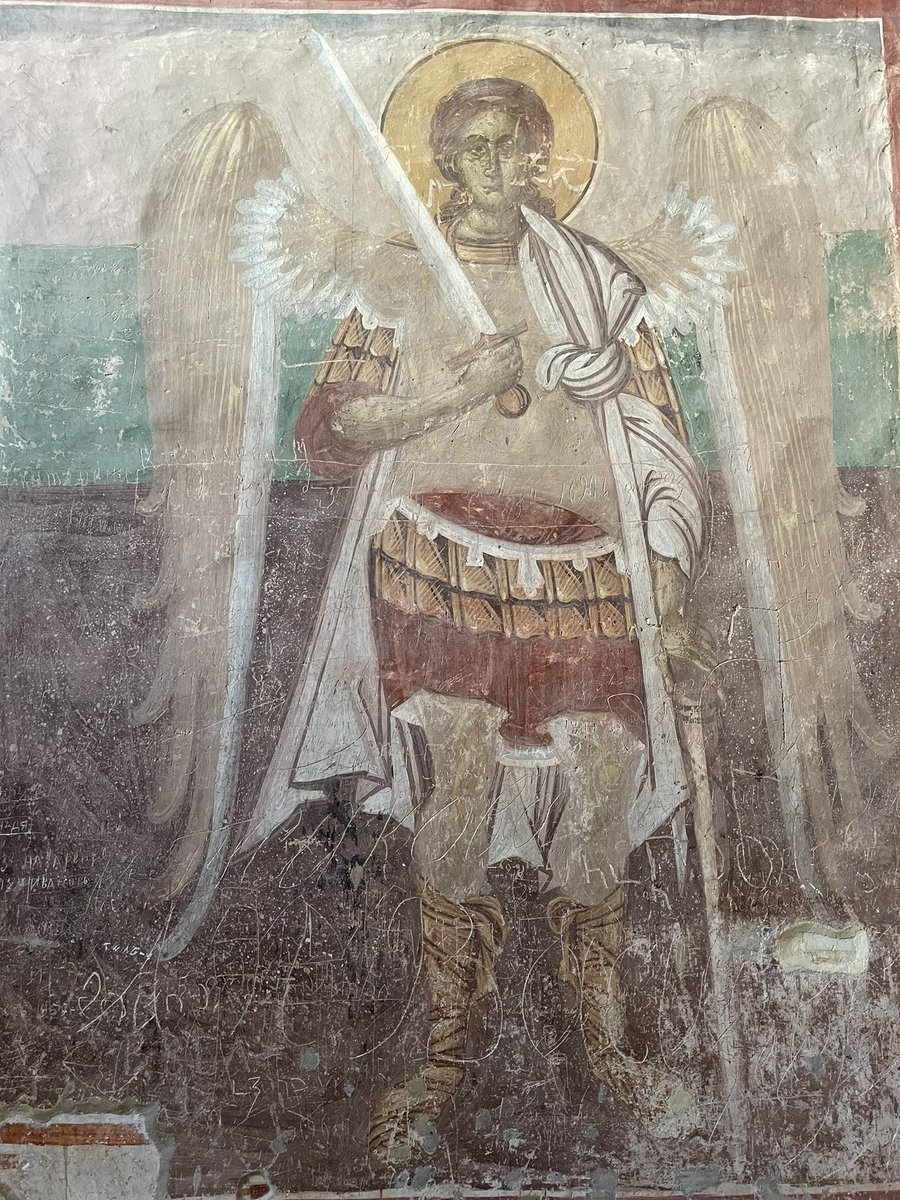🧵 With New Year approaching, I thought I'd share some of my favourite moments and photos from my 2022 archaeological travels, which have seen me travel to Egypt, Turkey, Hadrian's Wall and Algeria.
#Throwback2022 #archaeologytravel #FollowingHadrian
#Throwback2022 #archaeologytravel #FollowingHadrian

Sailing on Lake Nasser in Egypt between Aswan and Abu Simbel and visiting the temples that used to lie on the banks of the Nile but were moved when the Aswan High Dam flooded the region in the 1960s.
#Throwback2022 #archaeologytravel #Egypt



#Throwback2022 #archaeologytravel #Egypt




Visiting the relocated Wadi es-Sebua temple with its beautiful avenue of sphinxes. The temple was built during the reign of Ramesses II and was dedicated to the deified pharaoh, Amun-Ra, and Ra-Harakhty.
#Throwback2022 #archaeologytravel #Egypt



#Throwback2022 #archaeologytravel #Egypt




Visiting the wonderful archaeological site of Anavarza in the Adana Province of Turkey. The ruins include a 1500 metre-long fortification wall with 20 bastions, a columned road, a triumphal arch, a theatre, an amphitheatre and a stadium.
#Throwback2022 #archaeologytravel #Turkey



#Throwback2022 #archaeologytravel #Turkey




Finally spending the night at the wonderful Museum Hotel Antakya.
ft.com/content/bedb51…
#Throwback2022 #archaeologytravel #Turkey



ft.com/content/bedb51…
#Throwback2022 #archaeologytravel #Turkey




Visiting the Hatay Archeology Museum with its extensive collection of Roman and Byzantine Era mosaics.
#Throwback2022 #archaeologytravel #Turkey



#Throwback2022 #archaeologytravel #Turkey




Following the course of the Euphrates, the longest and one of the most historically important rivers of Western Asia.
#Throwback2022 #archaeologytravel #Turkey



#Throwback2022 #archaeologytravel #Turkey




Visiting the fantastic Zeugma Mosaic Museum in Gaziantep, one of the biggest mosaic museums in the world, containing 1700 m2 of mosaics.
#Throwback2022 #archaeologytravel #Turkey



#Throwback2022 #archaeologytravel #Turkey



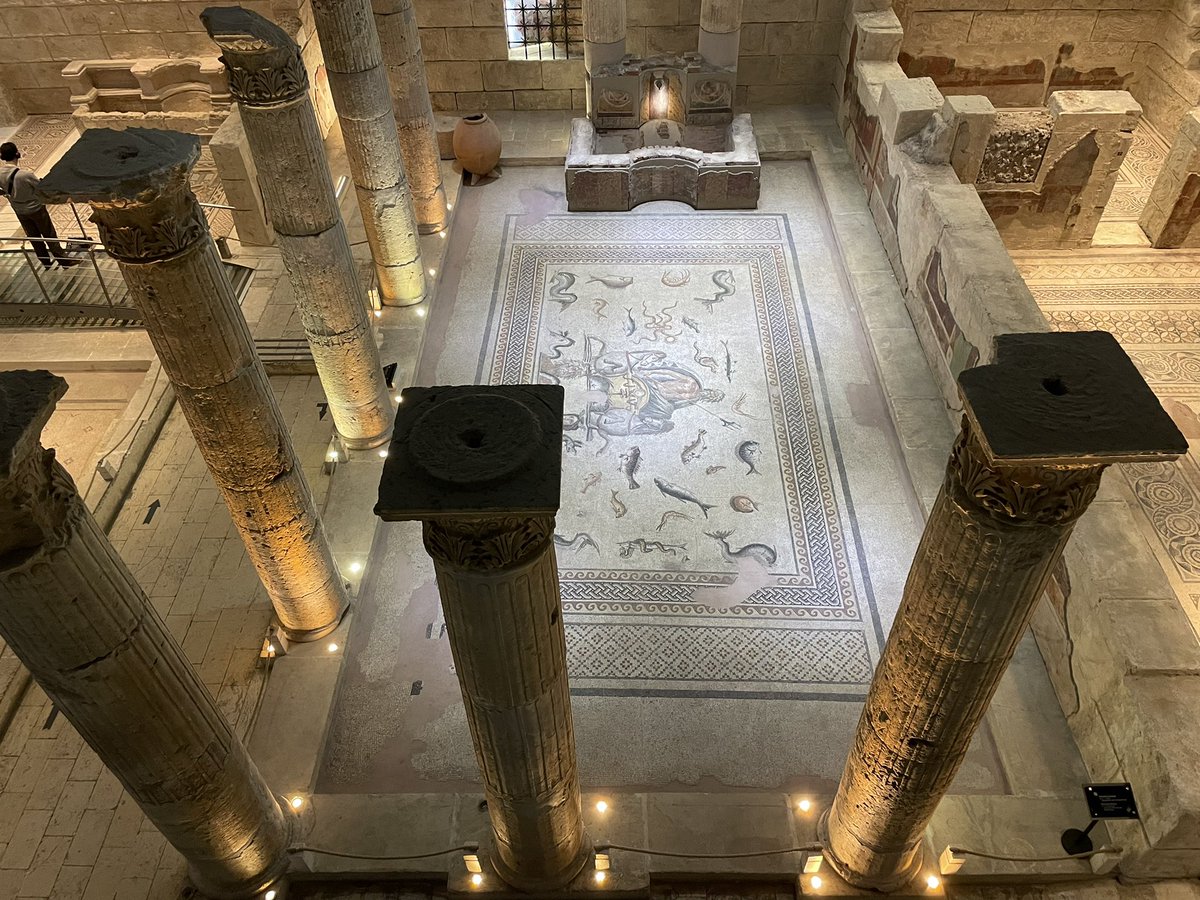
Exploring Dara (Anastasiopolis), a beautiful and unusual Roman city whose ruins lie scattered around a Kurdish village close to the Syrian border.
#Throwback2022 #archaeologytravel #Turkey



#Throwback2022 #archaeologytravel #Turkey


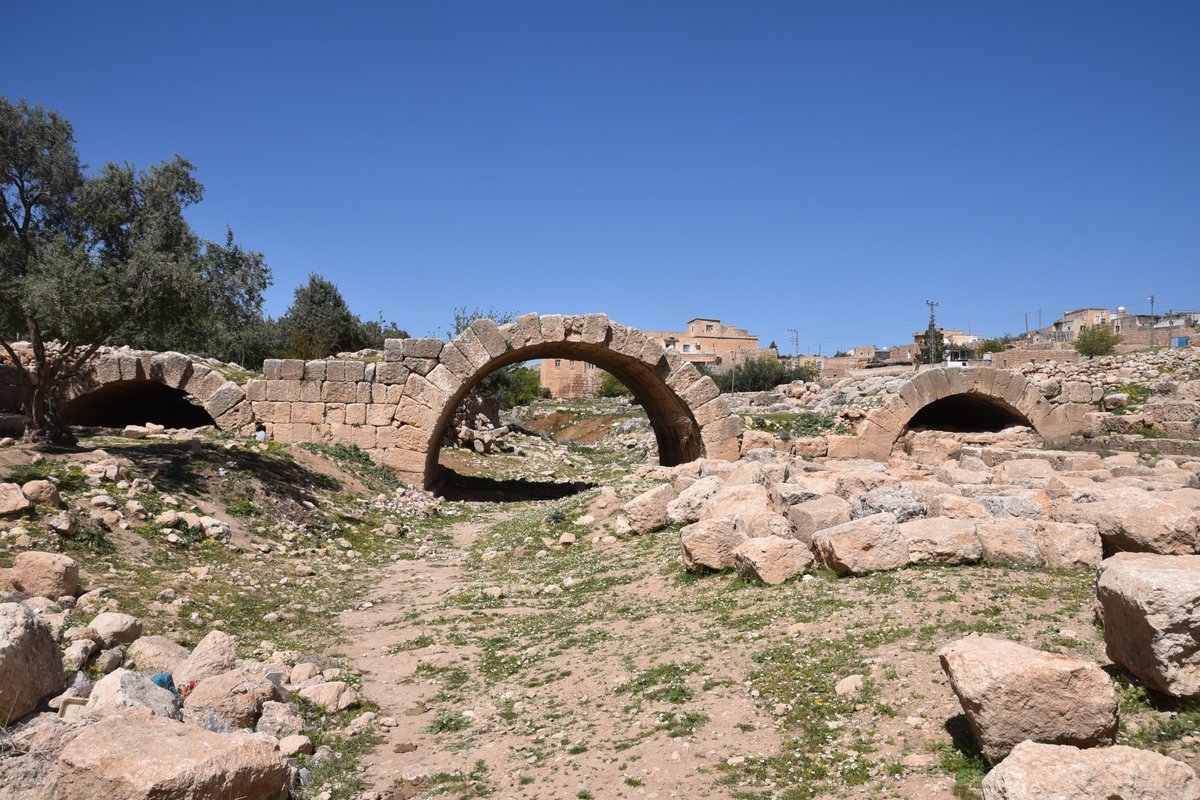

Visiting Göbekli Tepe, an archaeological site from the prehistoric period, between 9,600 and 8,200 BC. Enclosures with distinctive T-shaped pillars carved with images of wild animals were probably used in connection with funerary rituals.
#Throwback2022 #archaeologytravel #Turkey



#Throwback2022 #archaeologytravel #Turkey




Exploring the magnificent Krom Valley near Gümüşhane in the Black Sea region of Turkey with its many churches, monasteries and chapels, and untouched nature.
#Throwback2022 #archaeologytravel #Turkey



#Throwback2022 #archaeologytravel #Turkey
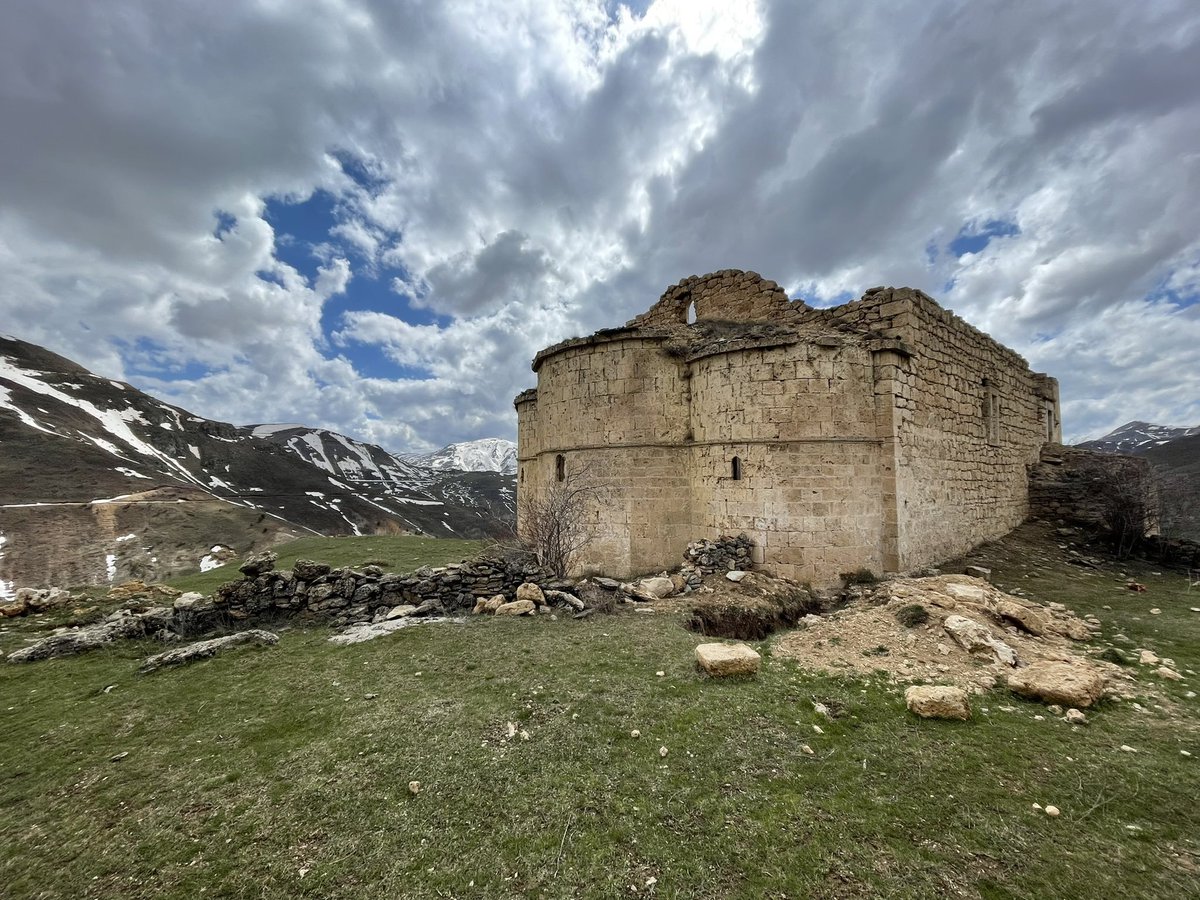


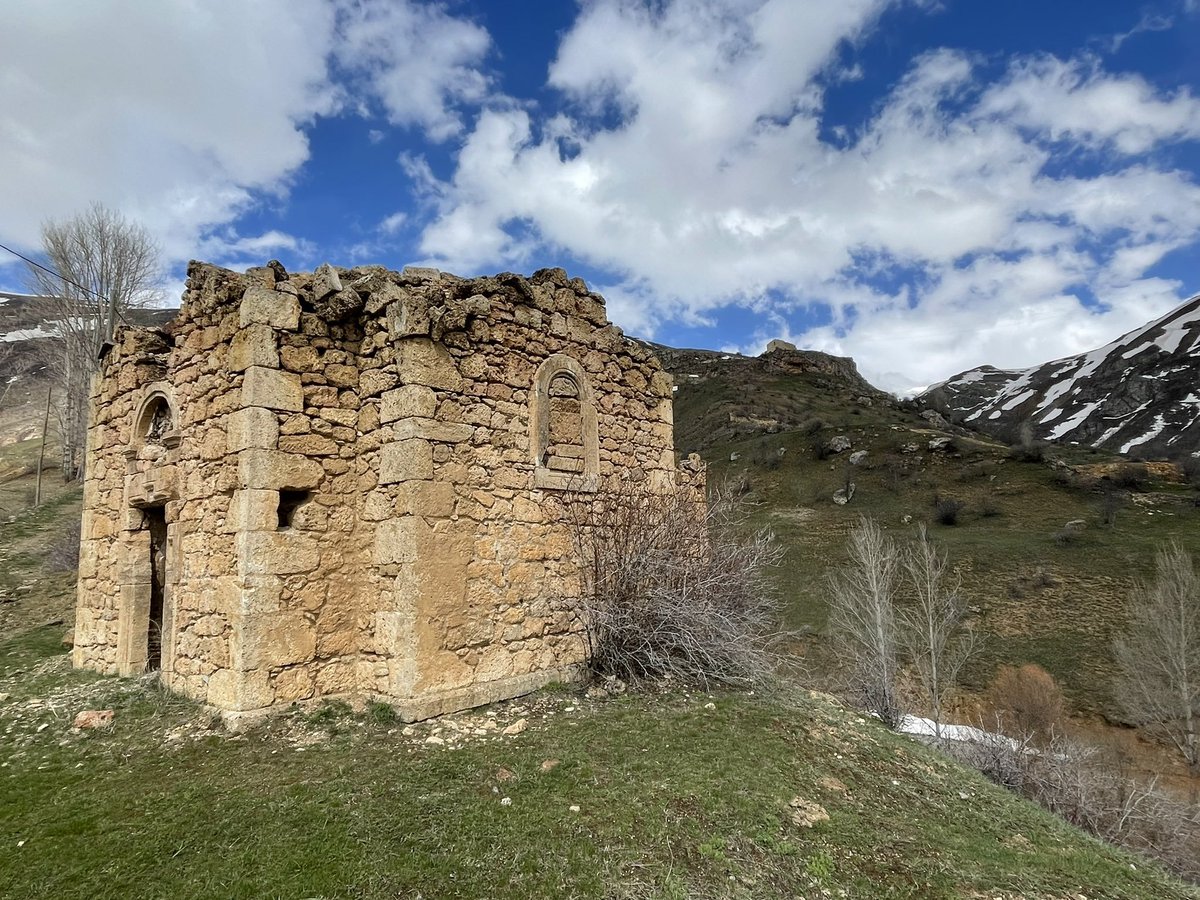
Visiting the Barberini Mithraeum in Rome with its beautiful frescoes.
roger-pearse.com/mithras/displa…
#Throwback2022 #archaeologytravel #Rome

roger-pearse.com/mithras/displa…
#Throwback2022 #archaeologytravel #Rome


Visiting the "Rome's Flowing Frontiers" archaeological exhibition about the Romans Limes in North Rhine-Westphalia.
Bonn – Life along the Limes
Xanten – The Lower Rhine Limes
Cologne – Rome on the Rhine
#Throwback2022 #archaeologytravel #Germany



Bonn – Life along the Limes
Xanten – The Lower Rhine Limes
Cologne – Rome on the Rhine
#Throwback2022 #archaeologytravel #Germany
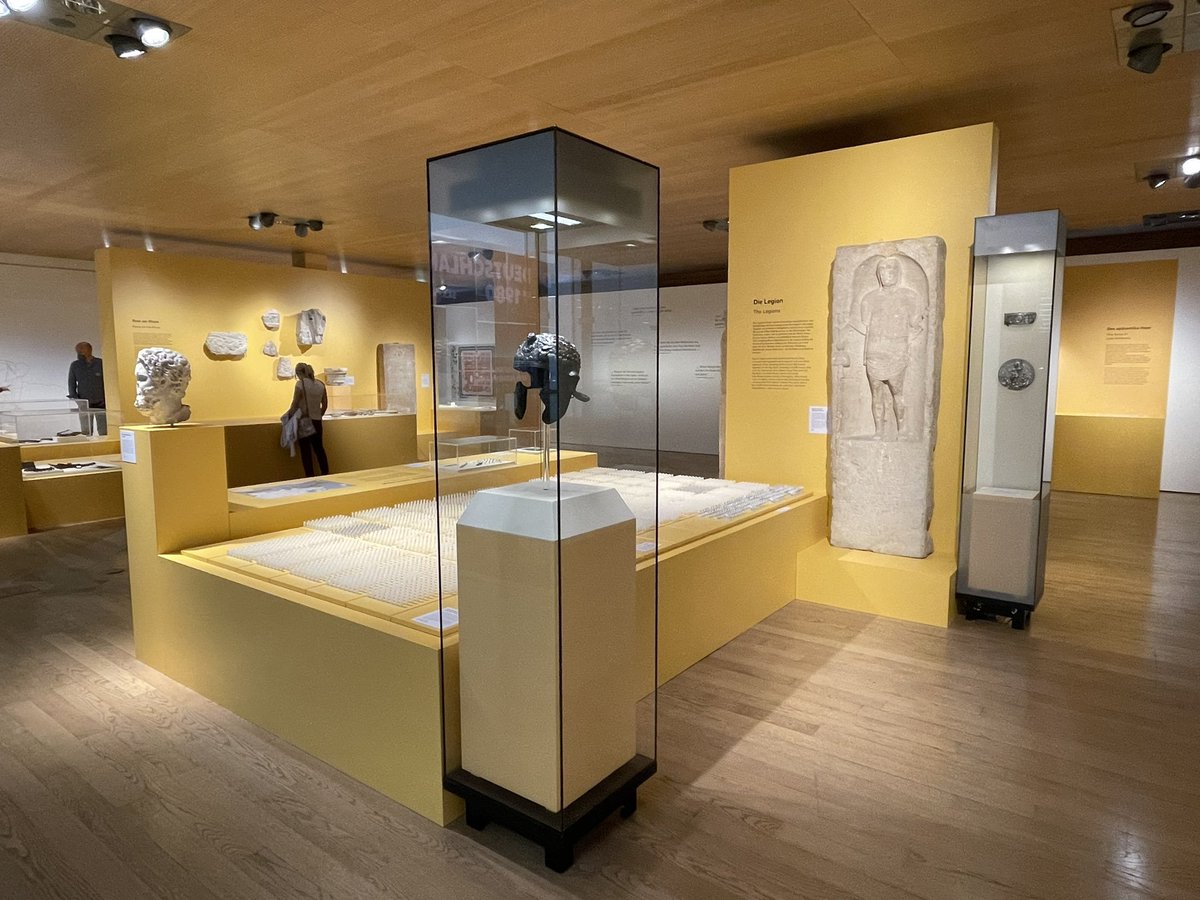



Giving my first full lecture at the Römermuseum Güglingen in Germany.
#Throwback2022 #Germany #Hadrian1900
roemermuseum-gueglingen.de/news?action=vi…



#Throwback2022 #Germany #Hadrian1900
roemermuseum-gueglingen.de/news?action=vi…




Visiting the Weiden burial chamber in Cologne, one of the best-preserved and most impressive Roman grave structures north of the Alps. It was the burial chamber of members of a wealthy family of landowners.
#Throwback2022 #archaeologytravel #Germany



#Throwback2022 #archaeologytravel #Germany


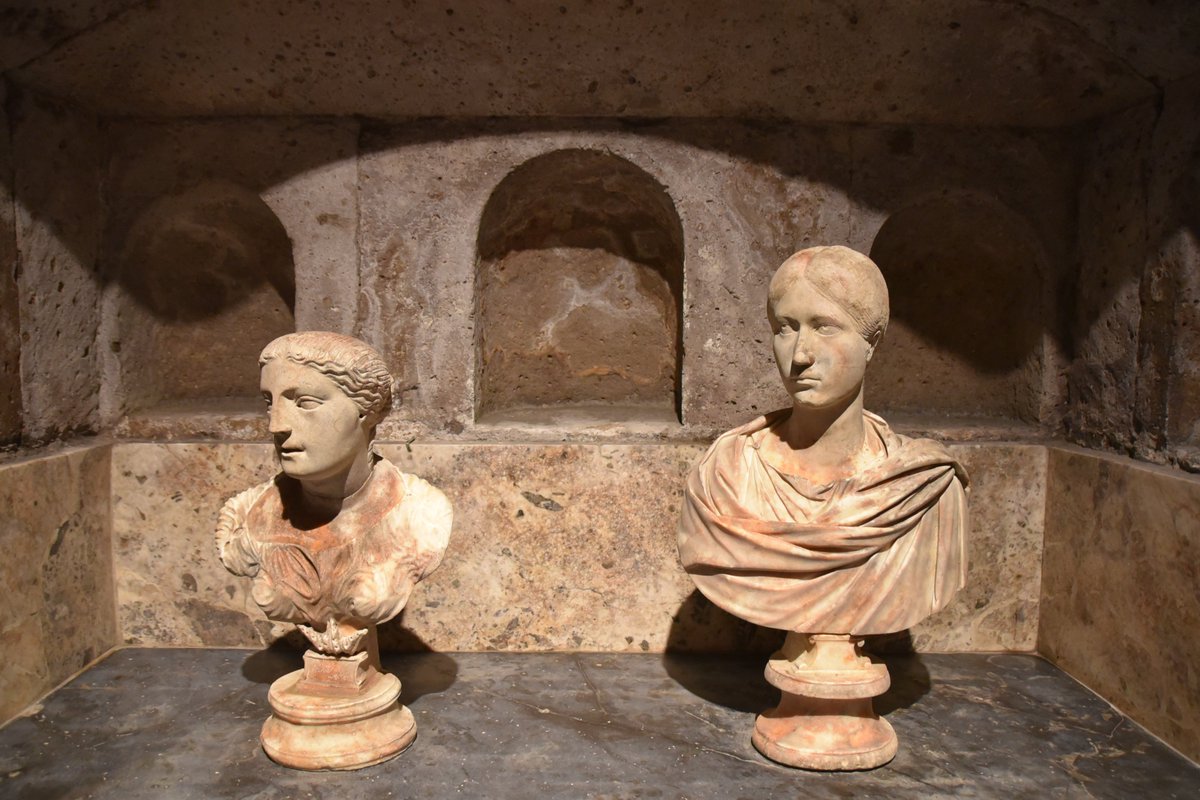

Participating in the excavations at Vindolanda for the first time. A dream come true! ⛏
#Throwback2022 #HadriansWall #HW1900
followinghadrian.com/2022/08/21/dig…



#Throwback2022 #HadriansWall #HW1900
followinghadrian.com/2022/08/21/dig…



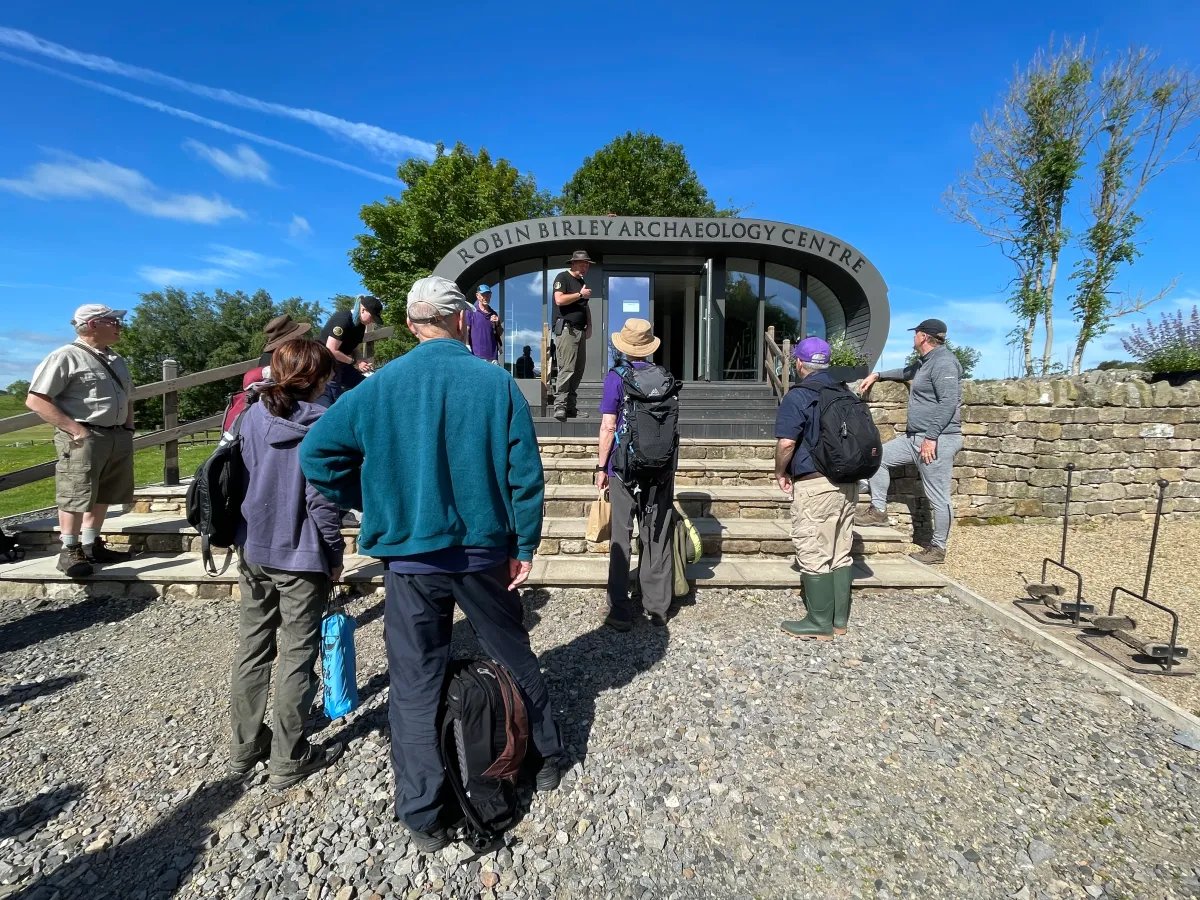
Visiting the world-famous Carnac stones, with more than 3,000 prehistoric standing stones spread across three alignments: Ménec, Kermario and Kerlescan. There are also dolmens, tumuli and single menhirs.
#Throwback2022 #archaeologytravel #France



#Throwback2022 #archaeologytravel #France




Exploring the remains of the ancient town of Noviodunum in Saintes. It was the capital of the ancient Gallic tribe of the Diablintes. Urbanized in the 1st century AD, the city had public monuments of which a theatre and a temple remain.
#Throwback2022 #archaeologytravel #France



#Throwback2022 #archaeologytravel #France




Celebrating my 46th birthday by spending the day on Hadrian’s Wall. 🎂Hadrian was 46 years old when he visited Britannia in AD 122 to oversee the construction of his namesake wall.
#Throwback2022 #archaeologytravel #Hadrian1900 #HW1900 #Britain



#Throwback2022 #archaeologytravel #Hadrian1900 #HW1900 #Britain

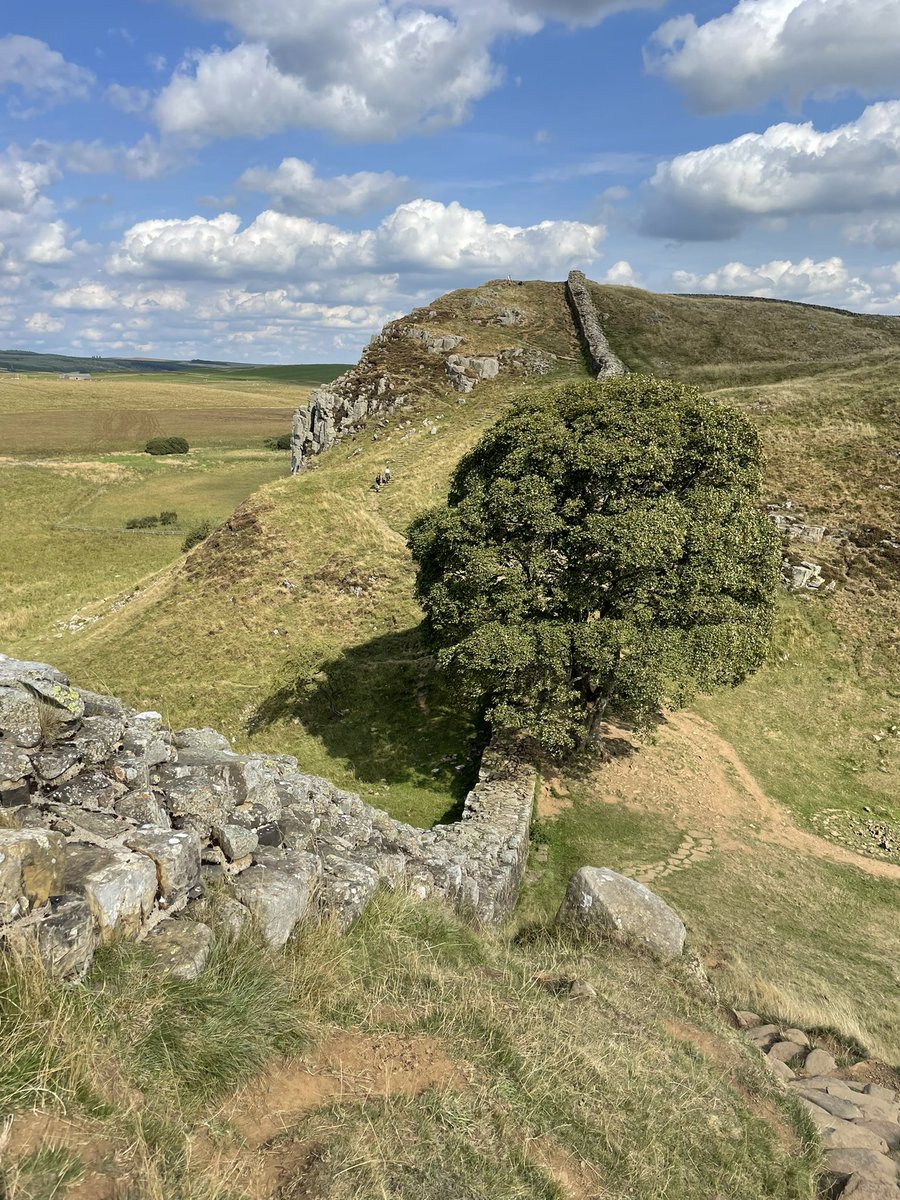


Giving my “Following in the Footsteps of Hadrian” lecture in the Hadrian’s Wall Gallery of the Great North Museum in Newcastle as part of the Hadrian's Wall 1900 Festival.
#Throwback2022 #Hadrian1900 #HW1900 #Britain
#Throwback2022 #Hadrian1900 #HW1900 #Britain
Making the cover of The Journal, a daily newspaper in Newcastle upon Tyne, in anticipation of my talk at the Great North Museum in Newcastle.
#Throwback2022 #Hadrian1900 #HW1900 #Britain

#Throwback2022 #Hadrian1900 #HW1900 #Britain

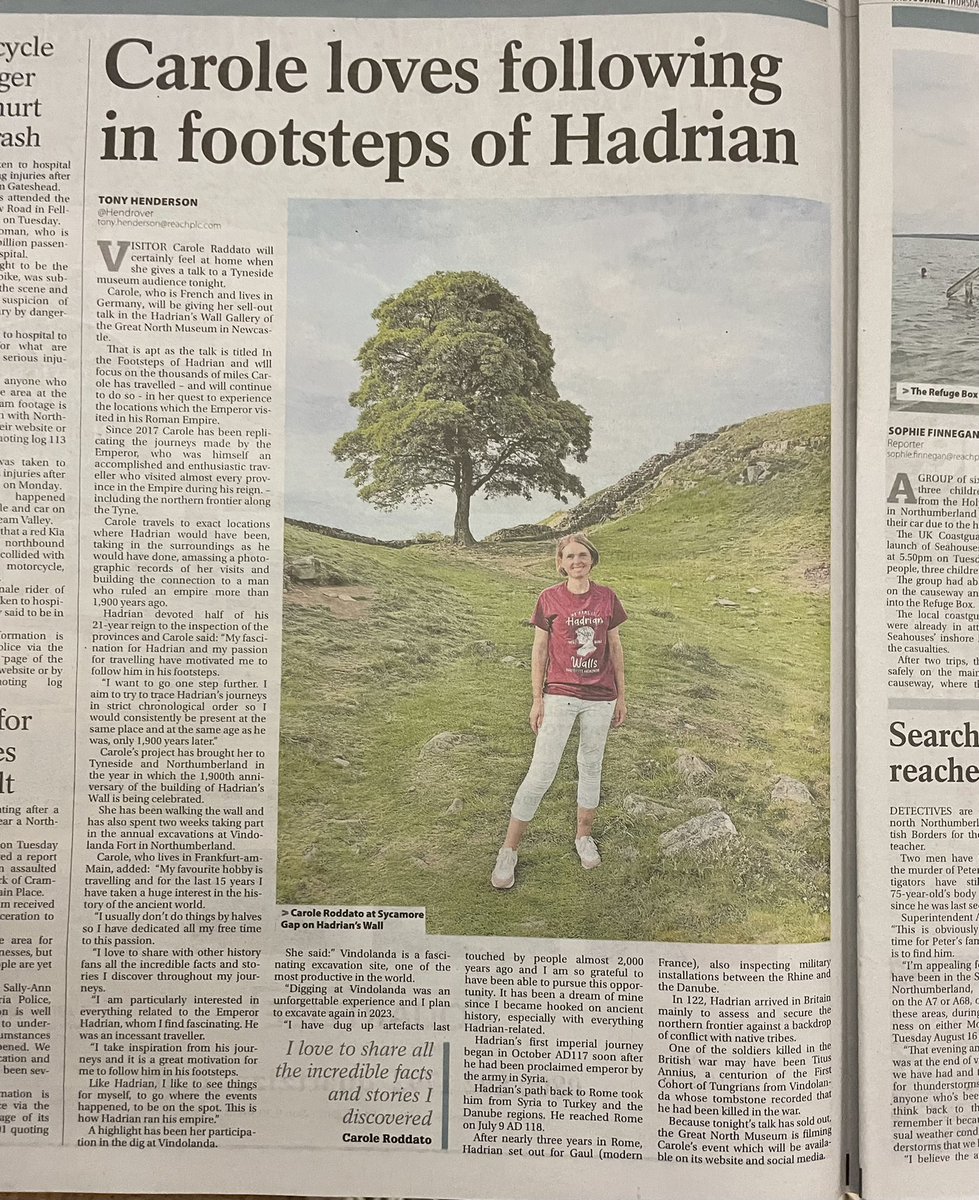
Exploring Timgad in Algeria, the "Pompeii of Africa". The Roman city was founded by Trajan around AD 100. The full name of the town was Colonia Marciana Ulpia Traiana Thamugadi.
Another dream come true!
#Throwback2022 #ArchaeologyTravel #Algeria



Another dream come true!
#Throwback2022 #ArchaeologyTravel #Algeria




Visiting Lambaesis in Algeria, where Hadrian observed the Legio III Augusta and the auxiliary units stationed there during his visit to the province of Africa in AD 128. He witnessed their manoeuvres and praised them in speeches.
#Throwback2022 #ArchaeologyTravel #Algeria



#Throwback2022 #ArchaeologyTravel #Algeria
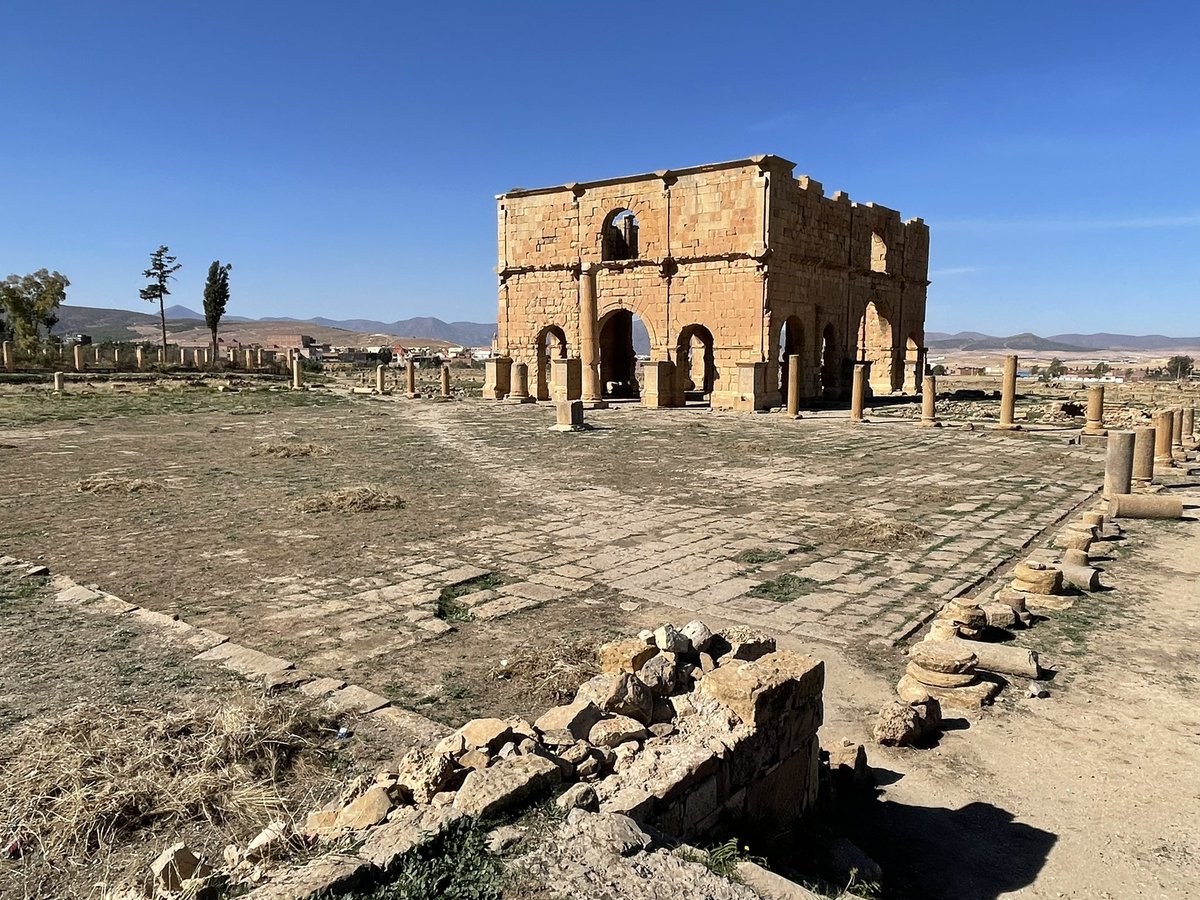



• • •
Missing some Tweet in this thread? You can try to
force a refresh







